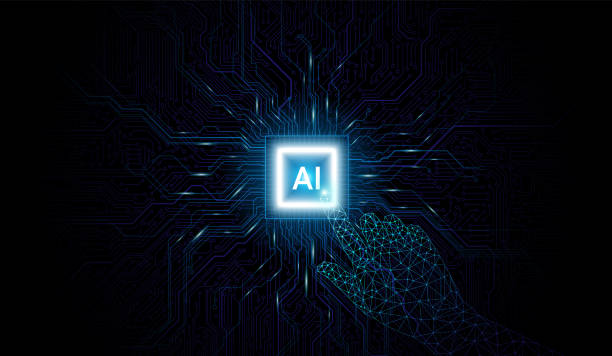Introduction to AI Robots: What They Are and Their Applications
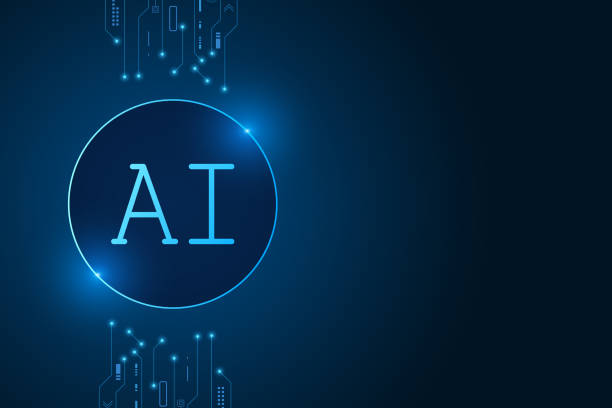
An #AI Robot, or #Artificial Intelligence (AI) Robot, refers to machines that are capable of performing tasks that typically require human intelligence.
These robots can analyze data, identify patterns, and make decisions using machine learning algorithms, natural language processing, and computer vision.
The applications of #AI robots are very broad and include fields such as manufacturing, customer service, medicine, education, and even art.
These robots can assist humans in repetitive and dangerous tasks, increase accuracy and speed, and provide access to services in areas where human resources are limited.
In fact, AI robots are considered a powerful tool for improving efficiency, reducing costs, and creating added value in various industries.
With the advancement of technology, it is expected that AI robots will play a more important role in our daily lives and help solve complex problems and improve the quality of life.
Did you know that the first impression customers have of your company is your website? With a powerful corporate website from Rasaweb, multiply the credibility of your business!
✅ Exclusive and eye-catching design tailored to your brand
✅ Improving user experience and increasing customer acquisition
⚡ Get free consultation!
Architecture and Main Components of an AI Robot
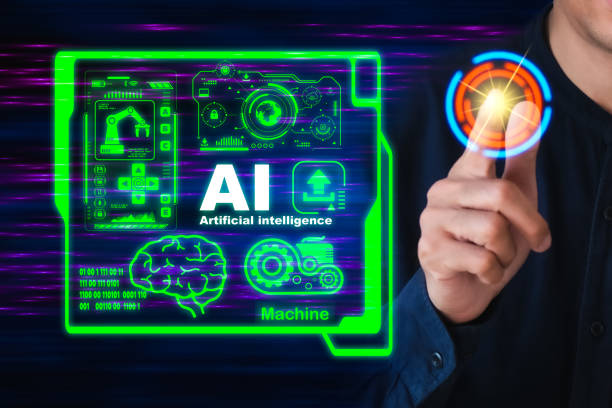
The architecture of an #AI robot consists of several main parts, each of which plays an important role in the overall functioning of the robot.
These components include sensors, processors, actuators, and AI software.
Sensors collect environmental information and send it to processors.
Processors analyze this information and make decisions using AI algorithms.
Actuators execute the commands of the processors and move the robot or perform specific tasks.
AI software is the thinking brain of the robot and includes machine learning algorithms, natural language processing, and computer vision.
For example, an AI robot used in a factory may have sensors to detect objects, a processor to analyze sensor data, and actuators to move parts.
Artificial intelligence enables the robot to perform its tasks automatically and without the need for human intervention.
Types of Machine Learning Algorithms in AI Robots
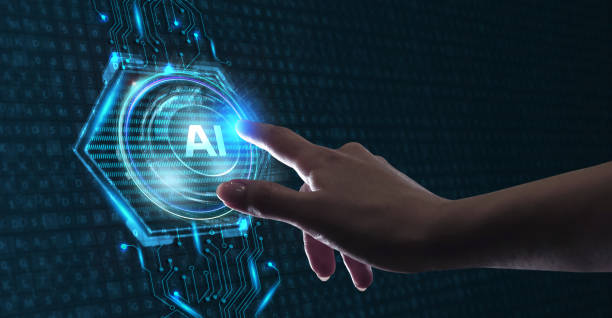
Machine learning algorithms play a vital role in the performance of AI robots.
These algorithms enable robots to learn from data, identify patterns, and make decisions.
There are different types of machine learning algorithms, each suitable for specific applications.
Supervised learning, unsupervised learning, and reinforcement learning are among the most important of these algorithms.
In supervised learning, the robot is trained using labeled data and learns how to relate inputs to desired outputs.
In unsupervised learning, the robot discovers hidden patterns and structures in the data using unlabeled data.
In reinforcement learning, the robot learns how to act optimally in a specific environment by trial and error and receiving feedback.
For example, an #AI robot designed for autonomous driving may use supervised learning to recognize traffic signs, unsupervised learning to identify traffic patterns, and reinforcement learning to learn how to drive in different conditions.
| Machine Learning Algorithm | Description | Applications in Robotics |
|---|---|---|
| Supervised Learning | Training using labeled data | Object recognition, classification |
| Unsupervised Learning | Discovering patterns in unlabeled data | Clustering, dimensionality reduction |
| Reinforcement Learning | Learning through trial and error and receiving rewards | Motion control, path planning |
Natural Language Processing and AI Robots
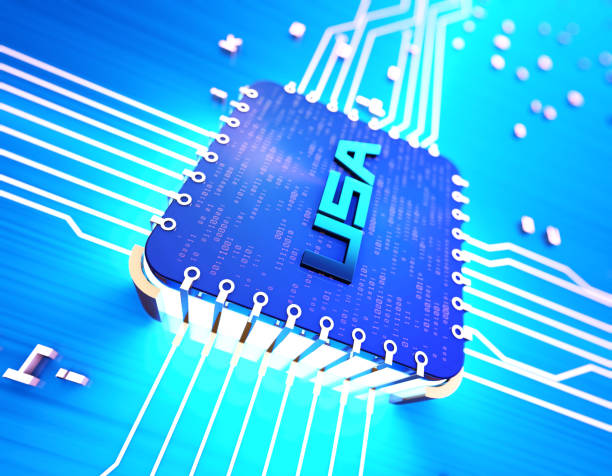
Natural Language Processing (NLP) is one of the most important areas of artificial intelligence that allows robots to understand and interact with human language.
Using NLP, robots can recognize voice commands, answer questions, translate texts, and even recognize emotions.
NLP applications in AI robots are very diverse and include things like customer service, virtual assistants, language translation, and sentiment analysis.
For example, an AI robot used in a call center can analyze customer conversations and answer their questions using NLP.
A virtual assistant can understand users’ voice commands and perform various tasks using NLP.
An #AI translator robot can translate texts from one language to another using NLP.
And an AI emotion analyzer robot can detect users’ emotions through texts or voice using NLP.
Are you tired of your company’s website not being seen as it should be and losing potential customers? Solve this problem forever with professional and effective website design by Rasaweb!
✅ Increase brand credibility and gain customer trust
✅ Attract targeted sales leads
⚡ Contact us now to receive free consultation!
Computer Vision and Its Role in AI Robots
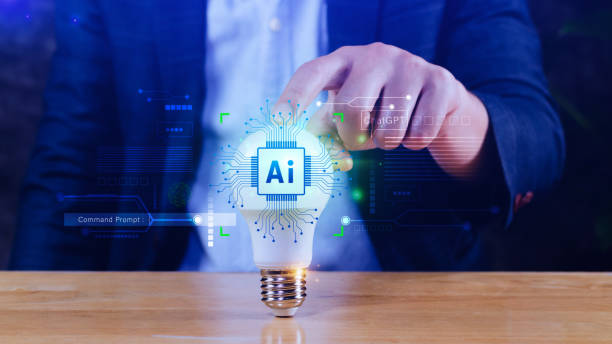
Computer Vision is another important area of artificial intelligence that allows robots to understand images and videos and extract useful information from them.
Using computer vision, robots can recognize objects, identify faces, analyze movements, and understand their surroundings.
The applications of computer vision in AI robots are very broad and include things like autonomous driving, disease detection, quality inspection, and security.
For example, an AI robot designed for autonomous driving can recognize traffic signs, pedestrians, and other vehicles using computer vision.
A medical #AI robot can analyze medical images and diagnose diseases using computer vision.
An industrial AI robot can inspect products and identify defects using computer vision.
And an AI security robot can identify suspicious faces and issue necessary warnings using computer vision.
Applications of AI Robots in Industry

AI robots are changing the face of industry and have a variety of applications in this field.
These robots can be used in production lines to perform repetitive and precise tasks, in warehouses to move and sort goods, in mines to extract minerals, and in power plants for inspection and repairs.
AI robots can help increase productivity and competitiveness of industries by increasing accuracy and speed, reducing costs, and improving safety.
For example, in production lines, AI robots can assemble parts with high accuracy and ensure product quality.
In warehouses, AI robots can automatically move and sort goods and reduce warehousing time and costs.
In mines, AI robots can help extract minerals in hazardous conditions and ensure worker safety.
And in power plants, AI robots can inspect and repair equipment and prevent accidents.
Advances in artificial intelligence make the role of AI robots more vital in the industry.
AI Robots in Medicine and Healthcare

AI robots play an important role in medicine and healthcare.
These robots can be used in disease diagnosis, surgery, rehabilitation, and elderly care.
AI robots can accelerate and make disease diagnosis more accurate by analyzing medical data.
In surgery, AI robots can increase surgical accuracy and precision and reduce complications.
In rehabilitation, AI robots can help patients recover faster.
And in elderly care, AI robots can help seniors maintain their independence and improve their quality of life.
For example, an #AI robot can diagnose cancer in its early stages by analyzing medical images.
An AI surgeon robot can perform complex surgeries with high precision.
An AI rehabilitation robot can help stroke patients regain their movement.
And an AI elderly care robot can help seniors with their daily tasks.
| Application | Description | Advantages |
|---|---|---|
| Disease Diagnosis | Analyzing medical data to diagnose diseases | Faster and more accurate diagnosis |
| Surgery | Performing surgery with high precision and accuracy | Reducing complications and improving results |
| Rehabilitation | Helping patients recover faster | Accelerating the recovery process |
| Elderly Care | Helping seniors maintain their independence | Improving quality of life |
Ethical and Legal Challenges of AI Robots
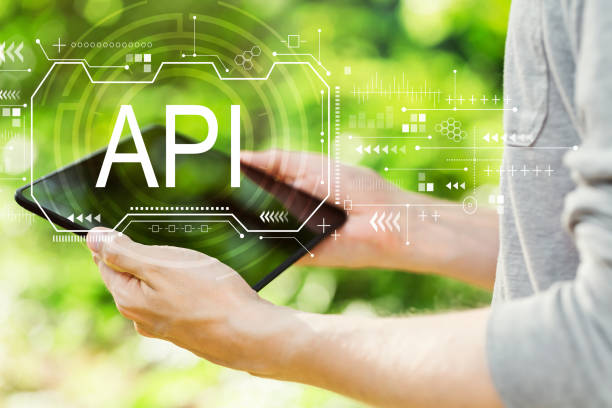
The development and use of AI robots pose numerous ethical and legal challenges.
These challenges include issues such as accountability, privacy, discrimination, and security.
Accountability means who is responsible for the damages caused by an AI robot? Privacy means how can individuals’ personal information be protected against misuse by AI robots? Discrimination means how can the discriminatory nature of AI robots’ decisions be prevented? And security means how can AI robots be prevented from being hacked and misused? To address these challenges, there is a need to develop laws and regulations that regulate the use of AI robots and guarantee individuals’ rights and freedoms.
There is also a need to develop technologies that can increase the security and reliability of AI robots.
Does the current design of your online store cause you to lose customers and sales?
Rasaweb is your solution with modern and user-friendly online store website design!
✅ Significant increase in conversion rate and sales
✅ Creating strong branding and gaining customer trust
⚡ Get a free online store website design consultation from Rasaweb!
The Future of AI Robots and Its Impact on Society
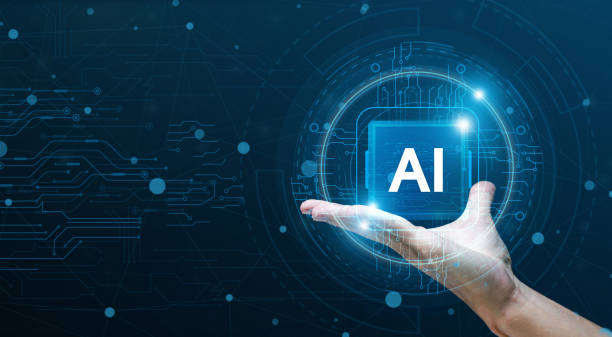
The future of AI robots is bright and full of potential.
It is expected that in the future, AI robots will play a more important role in our daily lives and help solve complex problems and improve the quality of life.
With the advancement of technology, AI robots will be able to perform more complex tasks, interact with humans more naturally, and make decisions independently.
The impact of AI robots on society will be very broad and will include areas such as economics, education, health and medicine, and security.
AI robots can help increase productivity and economic growth, improve access to education and health and medicine, and increase the security of society.
However, to fully benefit from the advantages of AI robots, appropriate planning and policymaking are needed to prevent potential challenges.
Research in the field of artificial intelligence is constantly advancing.
Summary and Key Points of AI Robots
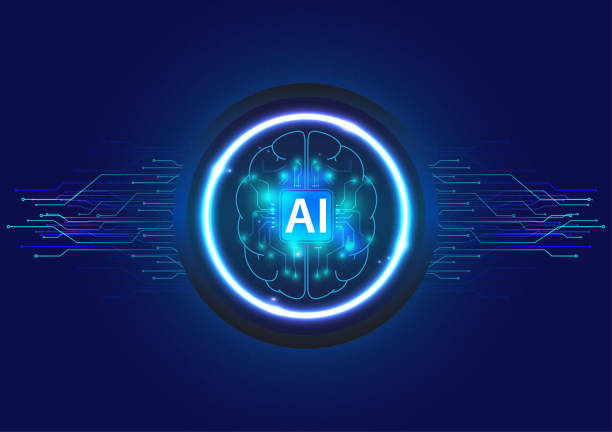
In this article, we provided a comprehensive overview of AI robots and examined their various aspects.
We saw that AI robots are machines that are capable of performing tasks that typically require human intelligence and have widespread applications in various industries.
We also saw that the architecture of an AI robot consists of sensors, processors, actuators, and AI software, and that machine learning algorithms play a vital role in the functioning of these robots.
We also examined the ethical and legal challenges of AI robots and concluded that there is a need to develop laws and regulations that regulate the use of these robots and guarantee individuals’ rights and freedoms.
Finally, we examined the future of AI robots and predicted that these robots will play a more important role in our daily lives and have a widespread impact on society.
To fully benefit from the advantages of AI robots, appropriate planning and policymaking are needed.
AI robots, as a powerful tool, require proper understanding and management.
Frequently Asked Questions
| Question | Answer |
|---|---|
| What is an AI robot? | An AI Robot is a machine capable of understanding the environment, reasoning, learning, and making decisions to perform tasks independently. |
| What is the difference between regular robots and AI robots? | Regular robots perform repetitive tasks based on pre-planning, while AI robots can learn from experience, interact dynamically with the environment, and even behave in a way that resembles human intelligence. |
| What are the main applications of AI robots? | They are used in industries (manufacturing, assembly), medicine (surgery, diagnosis), services (customer support, domestic), exploration (space, underwater), and many other fields. |
| What technologies are used in the construction of AI robots? | Machine Learning, Computer Vision, Natural Language Processing, Deep Learning, and Robotics are some of the key technologies. |
| Can AI robots have emotions? | Currently, robots do not have emotions in the human sense. They can identify and react to emotions, but they do not experience emotions themselves. |
| What are the main challenges in the development of AI robots? | Safety, reliability, ethics, autonomy, adaptability to complex environments, and natural interaction with humans are important challenges. |
| How are AI robots trained? | They are usually trained using large amounts of data, machine learning algorithms, and deep learning to identify patterns and make decisions. |
| Examples of AI robots in everyday life? | Smart robotic vacuum cleaners, customer support chat robots, self-driving cars, and surgical robots in hospitals. |
| Are AI robots a threat to human jobs? | Some repetitive jobs may be automated, but at the same time, robots can increase productivity and create new jobs in the development, maintenance, and monitoring of these systems. |
| How is the future of AI robots predicted? | They are expected to become smarter, more autonomous, and capable of performing more complex tasks, and to interact more closely with humans in various environments. |
And other services of Rasa Web advertising agency in the field of advertising
Smart advertising campaign: Transform user interaction with the help of dedicated programming.
Smart UI/UX: A combination of creativity and technology to analyze customer behavior through precise audience targeting.
Smart direct marketing: A combination of creativity and technology for online growth through attractive user interface design.
Smart digital branding: Professional optimization to increase click-through rate using user experience customization.
Smart digital branding: An effective tool to increase website traffic by using real data.
And more than a hundred other services in the field of internet advertising, advertising consulting and organizational solutions
Internet Advertising | Advertising Strategy | Advertorial
Sources
What is the application of artificial intelligence? What is its application?
,Review of Artificial Intelligence
,Challenges of Artificial Intelligence
,What is Artificial Intelligence and How Does it Work?
? To reach the peak of success in the digital world, Rasaweb Afarin is your business guide by providing comprehensive digital marketing services including website design with a modern user interface.
📍 Tehran, Mirdamad Street, next to the Central Bank, South Kazeroon Alley, Ramin Alley No. 6
“`

